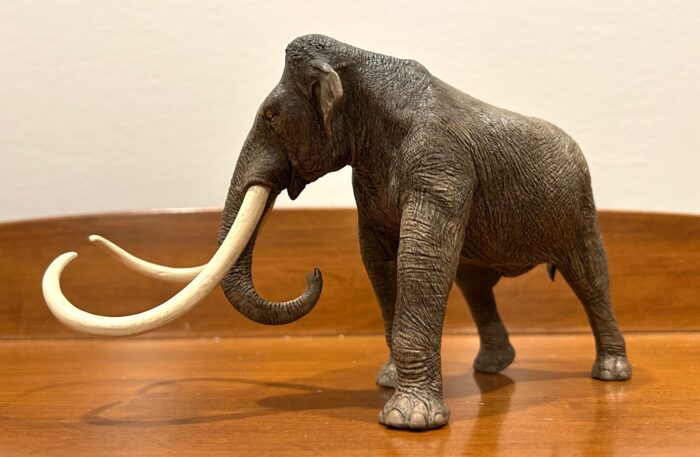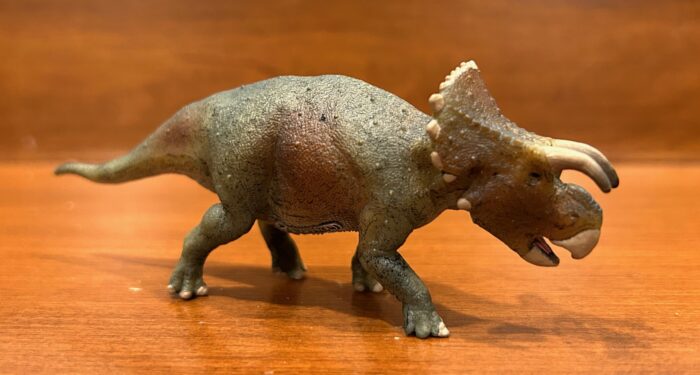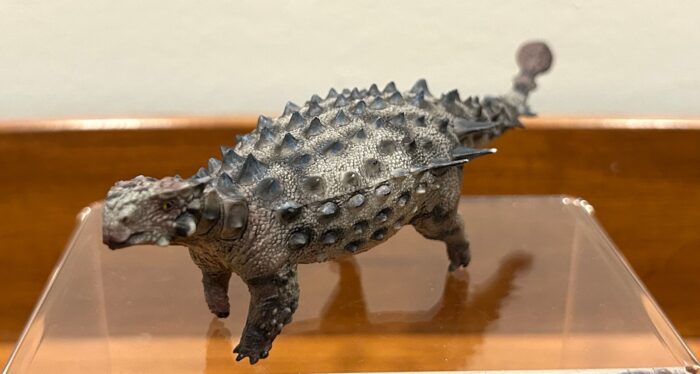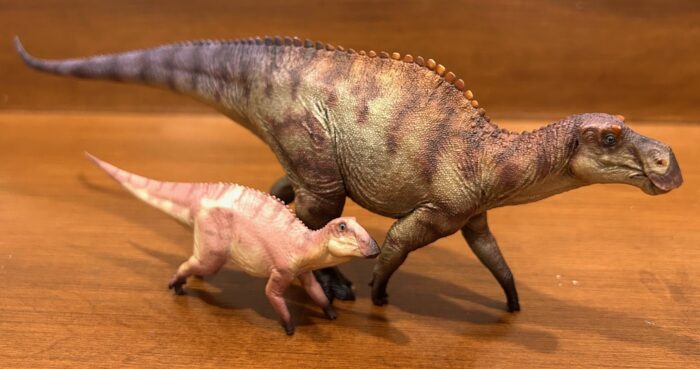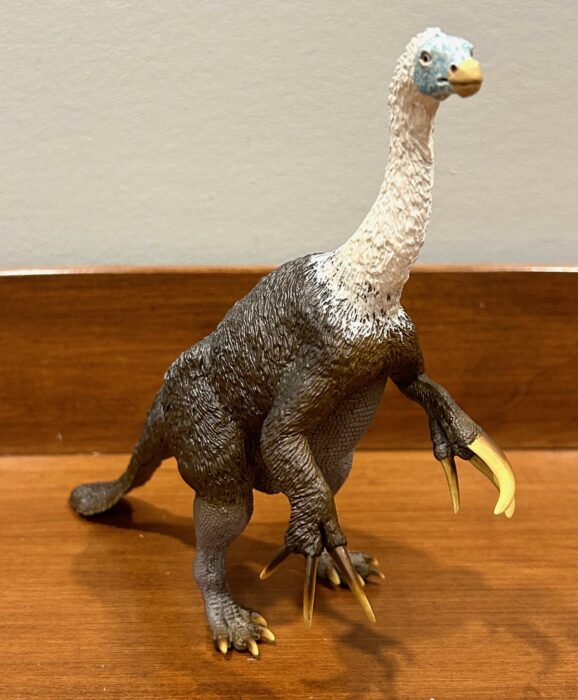About 1.5 million years ago, a population of steppe mammoths (Mammuthus trogontherii) entered North America from Siberia via the Bering Strait. As they migrated south into the warmer regions of the United States and Mexico, they soon gave rise to a new mammoth species, M.
Author: Suspsy
 Suspsy has lived in Canada all his life. One day when he was in kindergarten, his teacher did a lesson on dinosaurs and put up some giant cutouts on the wall. Suspsy immediately began pretending to be a Tyrannosaurus rex at playtime, and continued to do so for many subsequent playtimes. Since then, he has acquired two degrees, worked many different jobs, travelled to many fantastic locations, fallen in love, gotten married, and settled down to raise a family, but his passion for dinosaurs and other prehistoric animals has never waned.
Suspsy has lived in Canada all his life. One day when he was in kindergarten, his teacher did a lesson on dinosaurs and put up some giant cutouts on the wall. Suspsy immediately began pretending to be a Tyrannosaurus rex at playtime, and continued to do so for many subsequent playtimes. Since then, he has acquired two degrees, worked many different jobs, travelled to many fantastic locations, fallen in love, gotten married, and settled down to raise a family, but his passion for dinosaurs and other prehistoric animals has never waned.All reviews by this author
Review: Arctodus (Deluxe by CollectA)
Review: Furcatoceratops (CollectA)
Review: Hallucigenia (Plush by ZHONGXIN MADE)
Review: Maip (Deluxe by CollectA)
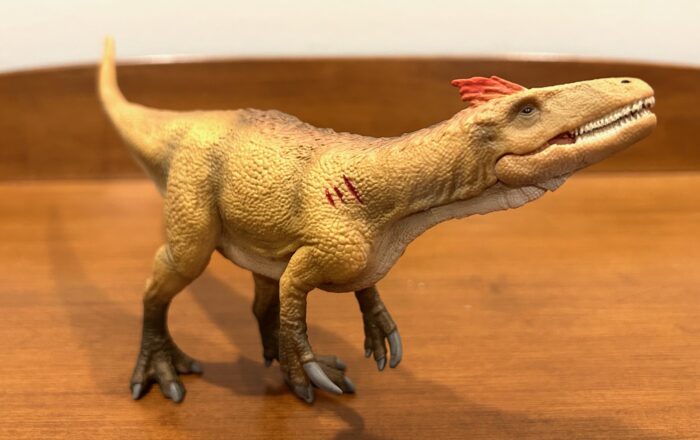
“Maip” may sound like an odd name for a dinosaur at first, but it is in fact a reference to a malevolent entity in Tehuelche mythology that is described as “the shadow of death that kills with cold wind.” That therefore strikes me as rather appropriate for a large and powerful meat-eating theropod.
Review: Saichania (Haolonggood)
Review: Maiasaura (Haolonggood)
Review: T. rex (Creator by LEGO)
Review: Tlatolophus (Haolonggood)
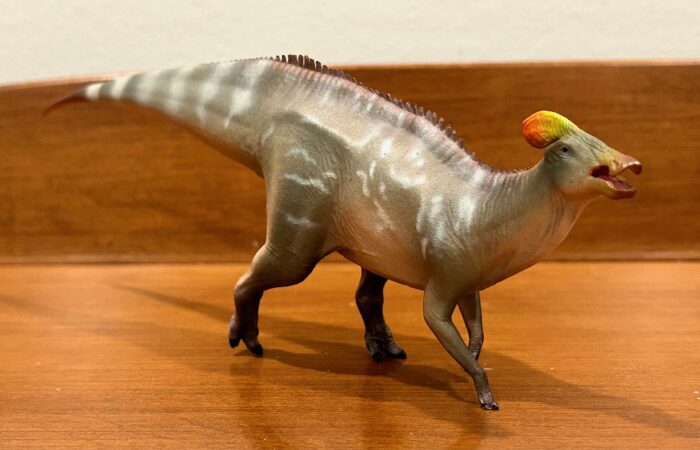
For a decade now, I’ve been reviewing toys of prehistoric fauna from across the entire globe, including Canada, the United States, Patagonia, Brazil, Argentina, Chile, the United Kingdom, Portugal, Spain, France, Belgium, Germany, Greece, Romania, Russia, Morocco, Niger, Egypt, Tanzania, Madagascar, India, Mongolia, China, Japan, Australia, and Antarctica.
Review: Gastonia (Haolonggood)
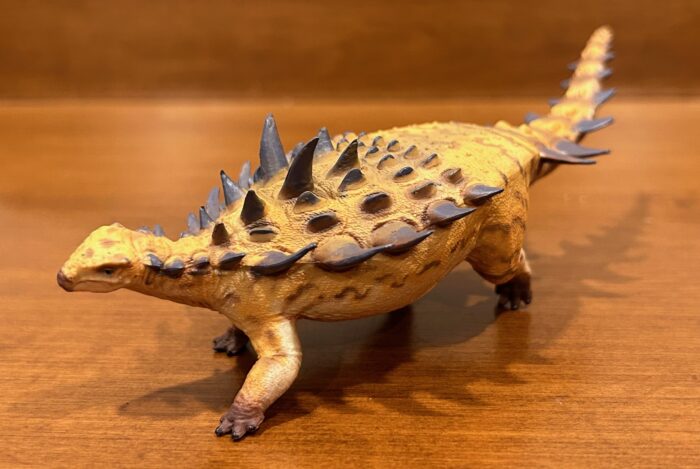
Gastonia was discovered in the Cedar Mountain Formation of Utah, USA. It lived during the Early Cretaceous period from 139 to 134.6 million years ago and is one of the very best known nodosaurids. Its name honours Robert Gaston, an American paleontologist and the CEO of Gaston Design, Inc., which makes and sells skeletal replicas of various dinosaurs and other prehistoric animals.
Review: Therizinosaurus (Wild Safari by Safari Ltd.)
Review: Lufengosaurus (2024) (PNSO)
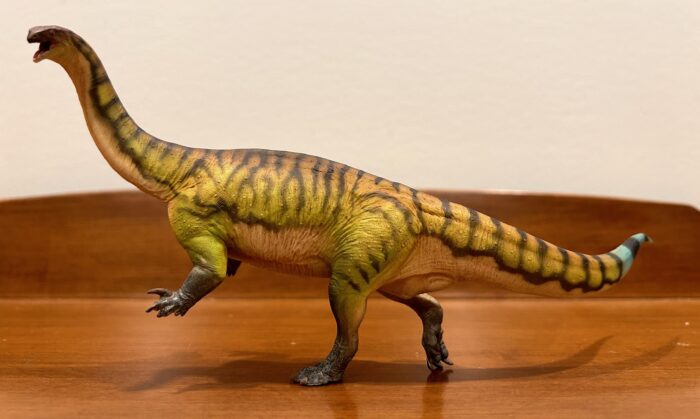
Many of us will recall the old days when the term “prosauropods” was used to describe the likes of Plateosaurus, Massospondylus, Melanorosaurus, and other early long-necked herbivorous dinosaurs thought to be the ancestors of the great sauropods like Brachiosaurus, Brontosaurus, and Diplodocus.

